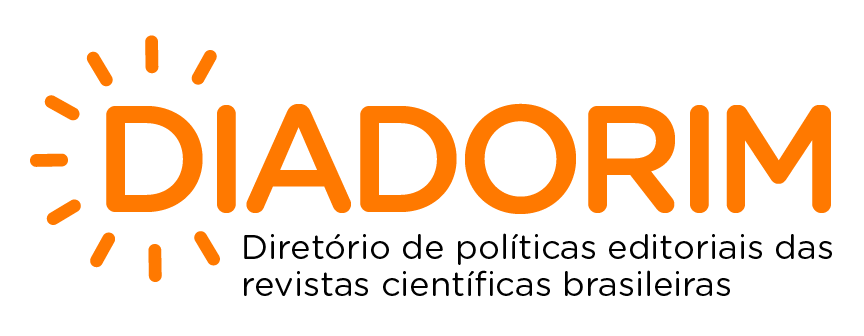Comprehensive epidemiological analysis of Kaposi’s Sarcoma in Brazilian states: exploring incidence and year of diagnosis
Keywords:
Sarcoma, Kaposi, Epidemiology, Herpesvirus 8, Human, Acquired Immunodeficiency SyndromeAbstract
OBJECTIVE: To analyze the epidemiology of KS in Brazilian states between 2015 and 2024, correlating it with HIV/AIDS cases and identifying regional disparities. METHODOLOGY: Observational study based on DATASUS/Tabnet data. Data on KS and HIV/AIDS were collected by state, year, and demographic variables, with analyses including standardized incidence rates, Spearman correlation, and linear regression, using IBGE (2024) population data as the denominator. RESULTS: There were 2,466 KS cases, with the highest incidence in the Southeast (1,166 cases), particularly in São Paulo (530). Adjusted rates were highest in the Federal District (1.84/100,000) and Espírito Santo (1.77/100,000). The most affected age group was 25-29 years (303 cases), with male predominance (71.2%). Between 2015 and 2021, AIDS cases decreased by 14.3%, while KS cases increased by 24.5%, with no significant correlation (rs=-0.21; p=0.62). Temporal regression indicated an annual increase in KS (β1=8.3; p=0.01), suggesting factors beyond AIDS, such as treatment failure or inadequate ART adherence. Regional disparities may reflect differences in diagnostic capacity and healthcare access. CONCLUSION: There is a dissociation between KS and HIV/AIDS trends in post-ART Brazil, requiring investigation into determinants such as viral resistance and socioeconomic inequalities.










